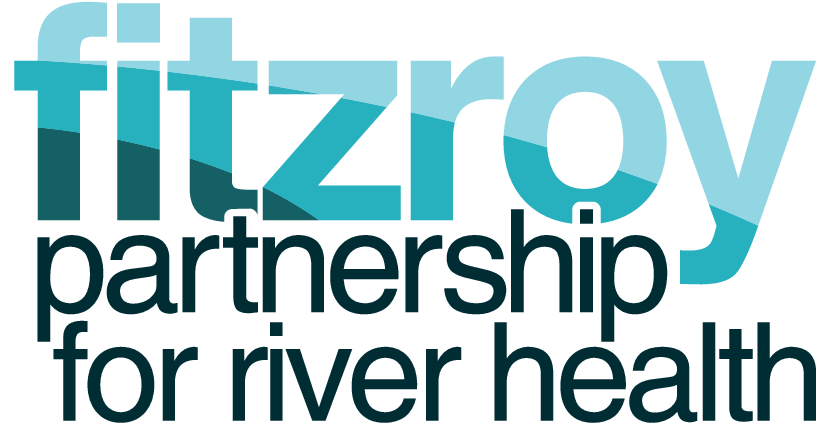[wqip-tabs]
The Fitzroy Basin is recognised for its diverse and unique marine and coastal environments, which include coral reefs, seagrass meadows, coastal wetlands, estuaries, continental and offshore islands and the species they support. Some of these species are listed as threatened or vulnerable under either the Australian Environment Protection and Biodiversity Conservation (EPBC) Act 1999 and/or Queensland Nature Conservation Act 1992, and have significant cultural values. Marine and coastal ecosystems also support important tourism and fisheries industries that depend on the Basin’s healthy natural resources.
The Fitzroy Basin is adjacent to the Great Barrier Reef World Heritage Area and includes urban centres, industrial and agricultural activity, major ports, tourism, fisheries and aquaculture. Increases in intensive agriculture, coastal development, port activity and declining water quality have been identified as issues across the region.
The Fitzroy Region’s marine condition remained poor in 2011–12 and 2012–13. Inshore water quality has declined due to the influence of the Fitzroy River floods but was still assessed as ‘good’, while inshore seagrass meadows were assessed as being in ‘poor’ condition, and coral reefs were assessed as being in ‘very poor’ condition. The influence of flooding on the water quality within the region has contributed to the decline in coral reef condition to the ‘very poor’ rating in 2012–13. In the 2012–13 reporting period, seagrass condition remained ‘poor’, driven largely by a decline in seagrass reproduction to ‘very poor’. Reef intertidal seagrass meadows have experienced the greatest declines, as have inshore reefs.
The table below indicates the value of the region’s marine and coastal assets and also shows the recent trend in condition.
- =Very Good
- =Good
- =Moderate
- =Poor
- =Very Poor
- =Species Dependent
| Inshore coral reefs | Tourism, critical habitat, coastal protection and stabilisation | Very poor | Declines due to cyclone Hamish and flooding in 2010–11, 2013;coral cover 20%; Limited recovery | Elevated sediment and pesticides, turbidity, freshwater inputs, coastal development/ports, extreme weather (i.e. tropical cyclones, floods), increasing sea surface temperature (coral bleaching), ocean acidification |
| Midshelf and offshore coral reefs | Reef tourism, critical habitat, coastal protection | Poor | Declines due to cyclone Hamish; coral cover 10–30%; signs of recovery | COTS, extreme weather (i.e. tropical cyclones), increasing sea surface temperature (coral bleaching), ocean acidification |
| Inshore seagrass meadows | Critical habitat (especially for dugongs), coastal stabilisation, nutrient cycling | Very poor | Declines due to high turbidity and flooding in 2010–11, 2013;signs of recovery | Elevated sediment, turbidity, low tide exposure, coastal development/ports, extreme weather (floods, cyclones) |
| Midshelf and offshore (reef) seagrasses | Critical habitat, nutrient cycling, part of reef matrix | Poor | Recent declines due to low tide exposure; signs of recovery | Extreme weather (i.e. cyclones) |
| Coastal wetlands | Critical habitat, coastal protection and stabilization, nutrient cycling, aquatic ecosystem protection | Very good to Poor (wetland-dependent) |
Localised declines in wetland extent; impacts of catchment activities on water quality | Elevated sediment, nutrients and pesticides, introduced pests and weeds, coastal development, extreme weather (i.e. cyclones, floods, storm surges), sea-level rise |
| Island environments | Tourism income, critical habitat (especially for seabirds and turtle nesting) | Moderate | Changes to island vegetation and area | Human disturbance, introduced pests, extreme weather (i.e. cyclones), sea-level rise, changing rainfall patterns |
| Dugongs | Tourism income, cultural importance, ecosystem role | Very poor | Significant declines due to flooding events in 2010–11, 2013 | Declining seagrass condition, human disturbance/interactions, vessel strikes |
| Marine turtles | Tourism income, cultural importance, ecosystem role | Moderate (Poor for some species that nest on low-lying cays) | Stable | Human disturbance/interactions, declining nesting island condition, increasing air/sand temperatures |
| Fish/sharks | Commercial and recreational fisheries, herbivore grazing macroalgae, apex predators | Species-dependent | Species-dependent | Declining habitat condition, unsustainable fishing practices, increasing sea surface temperature |
| Cetaceans | Tourism income, iconic megafauna, apex predators | Species dependent(consider conservation status) | Stable | Human disturbance/interactions, reduced prey availability, declining habitat condition |
| Seabirds | Tourism income, iconic fauna, apex predators | Species dependent (consider conservation status) |
Stable or some species in decline (e.g. common noddy) | Human disturbance/interactions, reduced prey availability, declining habitat condition |
| Asset | Value/service | Status* | Trends | Pressures/threats |
* Status assessment is based on the Reef Water Quality Protection Plan report card five-point scoring system.
Pressures in blue text are those that are beyond the scope of the WQIP:2015.


